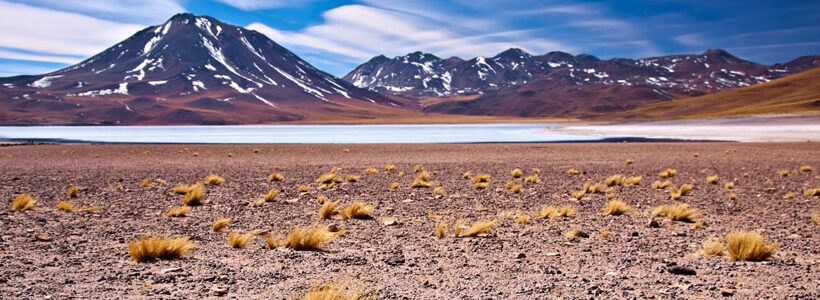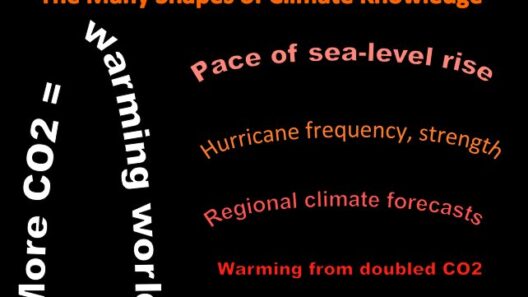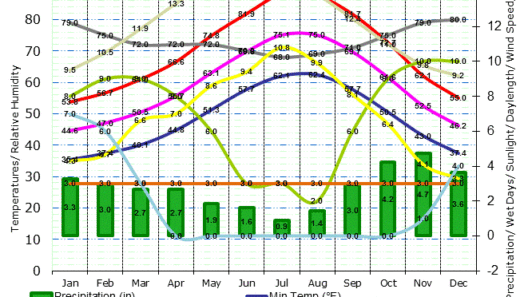The Atacama Desert, situated in northern Chile, is renowned as the driest non-polar desert on Earth. Spanning approximately 1,000 kilometers (620 miles) in length, it showcases an extraordinary tapestry of climate phenomena that contribute to its unique ecological and geological attributes. Understanding the overall climate of the Atacama Desert requires delving into its aridity, temperature fluctuations, wind patterns, and unique geological features.
At the heart of what defines the climate of the Atacama Desert is its remarkable aridity. With some weather stations recording as little as 1 millimeter of precipitation annually, the desert is characterized by hyper-arid conditions. The stark precipitation deficits result from the rain shadow effect created by the Andes mountain range to the east and the cold Humboldt Current to the west. This combination effectively prevents moist air from reaching the desert’s expanse, rendering vast stretches devoid of rain for decades at a time.
The temperature range is another distinct feature of the Atacama Desert. Daytime temperatures can soar to 35 degrees Celsius (95 degrees Fahrenheit) or higher, particularly in the summer months of December to March. However, nighttime presents a different tale. The desert experiences significant temperature drops, sometimes plummeting to near-freezing conditions. This wide diurnal temperature variation illustrates the desert’s unique thermal dynamics.
Wind patterns play a pivotal role in shaping the Atacama’s climate as well. The prevailing winds are predominantly easterly and are driven by the subtropical high-pressure systems. These winds funnel dry air into the region, emphasizing the scarcity of moisture. Consequently, one witnesses dust storms that can envelop parts of the desert, further contributing to the arid landscape. The iconic “fog” phenomenon, known as “camanchaca,” affects the coastal areas, bringing a thin veil of moisture that sustains certain unique ecosystems along the coastline.
The Atacama Desert is not solely a barren wasteland of sandy dunes; rather, its extreme conditions have birthed a plethora of unique life forms adapted to survive in this harsh environment. Extreme xerophytes, such as certain species of cacti and particularly tenacious shrubs, have evolved mechanisms to conserve water. These plants showcase adaptations like deep root systems, small or reduced leaves to minimize transpiration, and water-storing tissues. Furthermore, despite the severe climate, approximately 200 species of endemic flora can be found, blooming spectacularly during the spring months following rare rainfall events, a phenomenon known as “desert bloom.”
Human activity in the Atacama Desert reflects both adaptation and consequence. The mining industry, particularly for nitrate and copper, underscores human interaction with this inhospitable landscape. However, such endeavours have profound implications for the local ecology and hydrology. The extraction processes can disturb local habitats and lead to competition for scarce water resources, a concern exacerbated by changing climate conditions.
Climate change is an omnipresent specter looming over the Atacama Desert’s future. Studies suggest that rising global temperatures may further intensify the existing arid conditions. The current state of the desert, defined by extreme scarcity of precipitation, may progress towards deeper hyper-aridity, affecting both human and ecological systems. With the Andes mountains acting as a climatic barrier, any alterations in precipitation patterns could have cascading effects, triggering shifts in the delicate ecosystems that inhabit this region.
The Atacama’s climatic conveners also extend to the wider implications for scientific research. This desert serves as a natural laboratory for studying extraterrestrial conditions, as its climate remarkably mirrors that of Mars. Such studies have spurred advances in technology and methods aimed at detecting signs of life or habitable conditions beyond Earth. The insights gleaned here augment our understanding of both current climate dynamics and the potential for life in adverse conditions elsewhere in our solar system.
Furthermore, the Atacama Desert stands as a stark reminder of the pressing issue of water resource management in an era of climate crisis. The delicate balance between environmental sustainability and economic pursuits poses significant challenges. Innovations in water conservation techniques, such as fog nets that capture moisture from the camanchaca, emerge as beacons of hope for sustainable resource management in arid regions.
In conclusion, the Atacama Desert encapsulates a multifaceted climate that extends beyond mere precipitation levels. Its unique geography, extreme temperatures, indigenous life forms, and human interventions interweave to create a complex and often fragile ecological tapestry. As our global climate continues to evolve, understanding the nuances of regions like the Atacama becomes quintessential. This knowledge not only facilitates ecological protection but also informs our broader strategies in combating climate change’s far-reaching effects on fragile environments worldwide.







